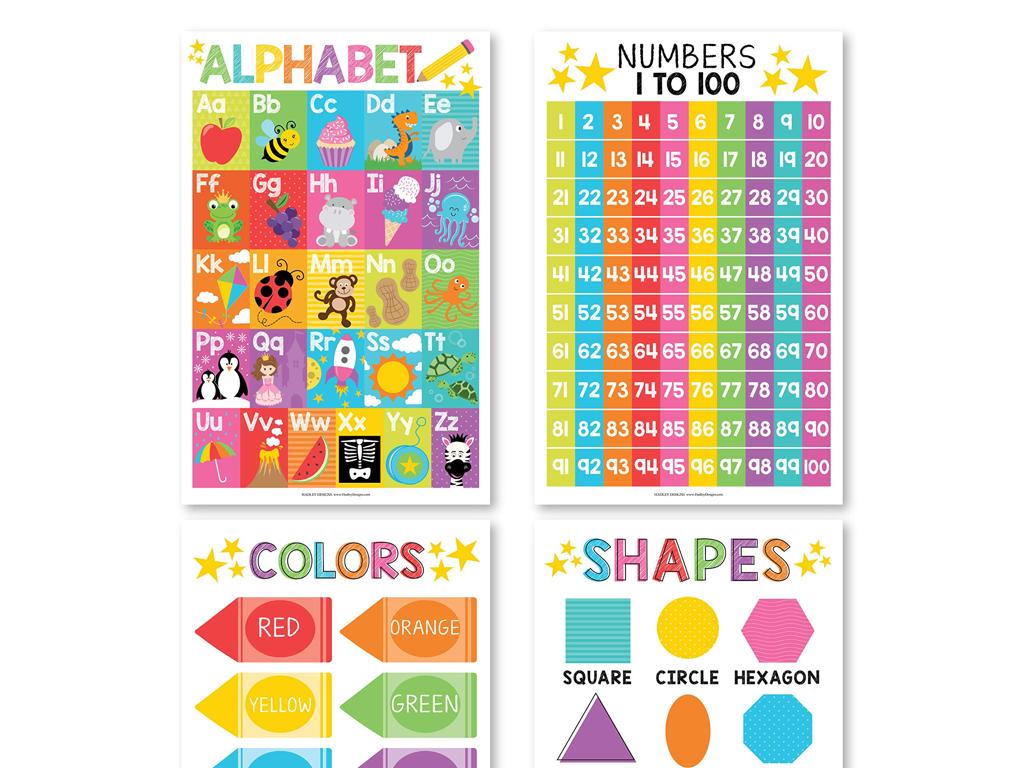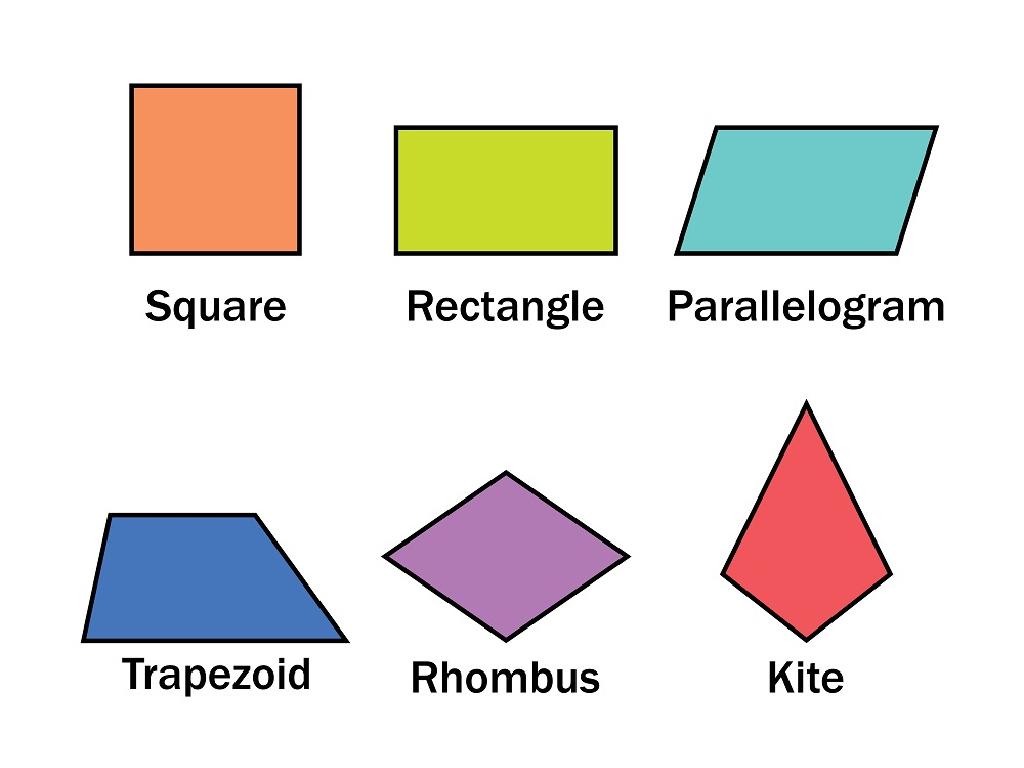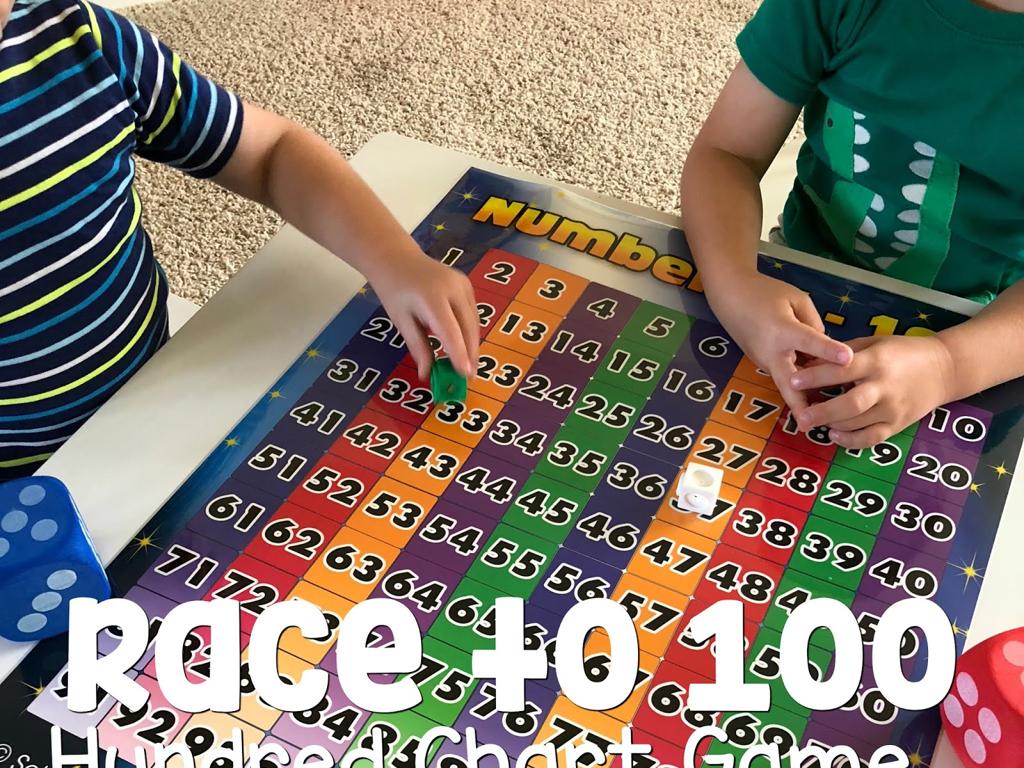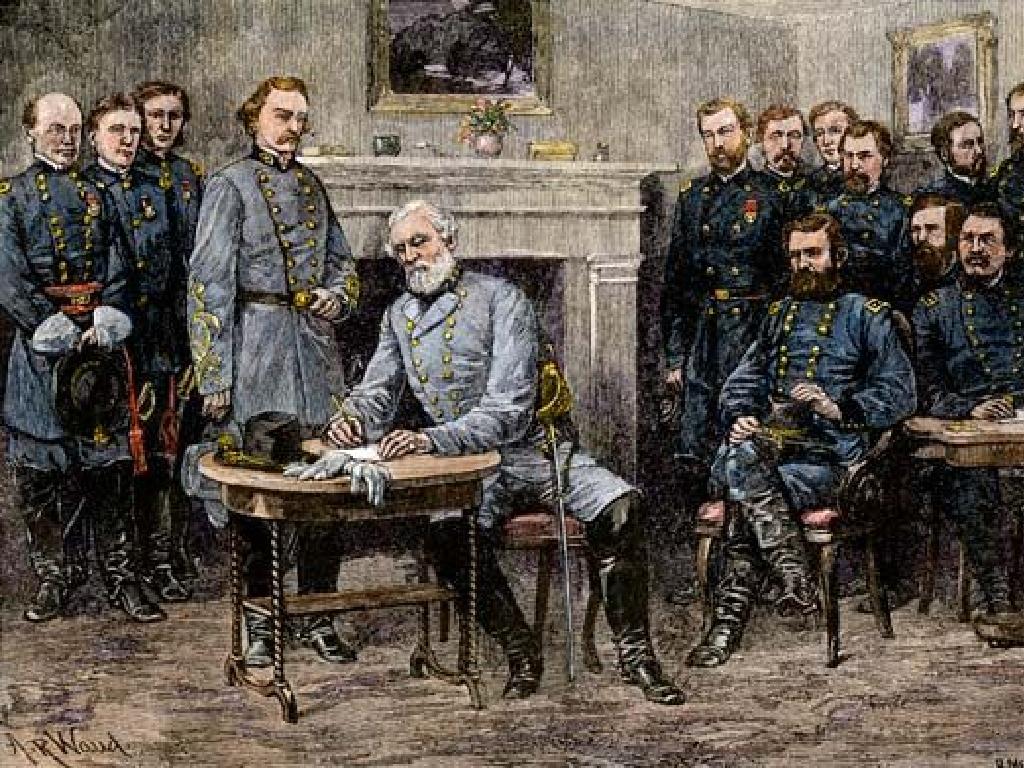Middle Colonies: Founding And Government
Subject: Social studies
Grade: Fifth grade
Topic: English Colonies In North America
Please LOG IN to download the presentation. Access is available to registered users only.
View More Content
Welcome to the Middle Colonies!
– Discover the Middle Colonies
– What is a colony?
– A colony is a place ruled by another country
– Founding of the Middle Colonies
– Learn who founded the Middle Colonies and why
– Government in the Middle Colonies
– Explore how these colonies were governed
|
This slide introduces the Middle Colonies as part of the English colonization in North America. Begin by explaining what colonies are and their purpose, emphasizing that they are areas controlled by a distant country. Then, delve into the specific founding of the Middle Colonies, including who established them and for what reasons. Discuss the unique aspects of their government, such as the mix of democratic principles and English control. Use this opportunity to set the stage for a more detailed exploration of the Middle Colonies’ history, culture, and influence on modern America. Encourage students to think about what it would be like to start a new colony and how they would want to be governed.
Exploring the Middle Colonies
– Identify the Middle Colonies
– New York, New Jersey, Pennsylvania, Delaware
– Geography and climate overview
– Varied landscapes, moderate climate
– ‘Breadbasket’ colonies nickname
– Known for abundant grain production
– Significance of the nickname
– Grain was a staple, leading to the nickname
|
This slide introduces the Middle Colonies in the context of the English colonization of North America. Students will learn the names of the Middle Colonies: New York, New Jersey, Pennsylvania, and Delaware. Discuss the geography, highlighting the varied landscapes from fertile valleys to mountains, and the moderate climate that allowed for diverse agriculture. Explain why these colonies were known as the ‘breadbasket’ because of their extensive grain crops like wheat, which were essential for making bread. The nickname signifies the importance of these colonies in supplying food to the region. Encourage students to think about how geography and climate can influence the economy and lifestyle of a place.
Founding of the Middle Colonies
– Founders of the Middle Colonies
– Various European groups for trade & religious freedom
– Dutch and English influence in NY
– New York was New Amsterdam before English took over
– William Penn’s role in PA
– Penn established PA for religious freedom & self-governance
– Motivations for colonization
|
This slide introduces the students to the origins of the Middle Colonies in North America. It highlights the diverse European groups, especially the Dutch and English, who played significant roles in the establishment of these colonies. The students will learn about the transition of power in New York from Dutch to English hands and the unique founding of Pennsylvania by William Penn as a haven for Quakers seeking religious freedom and self-governance. Emphasize the variety of reasons for colonization, including economic opportunities and the search for a place to practice religion freely. Encourage students to think about how these motivations influenced the development of the colonies’ governments and cultures.
Life in the Middle Colonies
– Diverse population and cultures
– Settlers from various countries with different customs
– Farming, trade, and crafts
– Wheat and corn were grown, goods traded, and crafts made
– Religious freedom in society
– Different beliefs coexisted, leading to tolerance
– Impact of diversity on growth
|
This slide aims to give students an overview of the daily life and societal structure in the Middle Colonies. Emphasize the diversity of the population, with settlers coming from all over Europe, bringing a variety of cultures and traditions. Highlight the economic activities that were central to the colonies, such as farming staple crops like wheat and corn, engaging in trade with other colonies and countries, and producing crafts. Discuss how the policy of religious freedom attracted many different religious groups and led to a society that valued tolerance. The impact of this diversity on the growth and development of the colonies should be explored, showing how it contributed to a rich and robust community.
Government in the Middle Colonies
– Types: Proprietary, Royal, Charter
– Proprietary owned by individuals, Royal ruled by the king, Charter self-governed with English permission
– Colonial assemblies and governors
– Assemblies made laws, governors enforced them
– Comparing past and present governments
– Middle Colonies had more democratic practices than today’s government structure
– Impact on modern democracy
|
This slide aims to educate fifth-grade students on the various forms of government that existed in the Middle Colonies. It’s important to explain the differences between Proprietary, Royal, and Charter colonies, emphasizing ownership and governance. Highlight the roles of colonial assemblies, which were early forms of legislative bodies, and governors, who were appointed to enforce laws. Discuss how these colonial governments laid the groundwork for modern democracy, with a focus on how the Middle Colonies’ government was more democratic compared to other colonial governments of the time. Encourage students to think about how these historical forms of government differ from the government we have in the United States today.
The Importance of the Middle Colonies
– Middle Colonies: A ‘melting pot’
– Diverse cultures lived together, like a stew with many ingredients.
– Boosting economy through farming
– Farms produced wheat and corn, earning them the nickname ‘breadbasket colonies’.
– Trade: The engine of prosperity
– Rivers and ports enabled trade, bringing wealth and growth.
– Middle Colonies’ enduring legacy
– Their social, political, and cultural ideas helped shape the nation.
|
This slide highlights the significance of the Middle Colonies in American history. Emphasize the diversity of the population, which included different nationalities and religions, creating a ‘melting pot’ of cultures. Discuss how their rich soil made them pivotal in agriculture, particularly in producing grains, which led to the nickname ‘breadbasket colonies’. Highlight the role of trade, facilitated by their navigable rivers and bustling ports, in the economic development of the colonies. Lastly, explain how the Middle Colonies’ practices and beliefs contributed to the social and political foundations of the United States, leaving a legacy that continues to influence American society today. Encourage students to think about how diversity and economic activities in their own state or region contribute to the broader country.
Class Activity: Create Your Colony
– Imagine founding a new colony
– Choose location, name, and government
– Plan your colony’s government structure
– Will it be a democracy, monarchy, or something else?
– Prepare a presentation for the class
– Explain why you chose the location, name, and government type
|
This activity is designed to engage students with the material by allowing them to apply their knowledge creatively. Students will imagine themselves as founders of a new colony, making decisions on its location, name, and type of government. Teachers should guide students to consider geographical advantages, cultural influences on naming, and the various forms of government they’ve learned about. For the presentation, students should be encouraged to explain their reasoning and how their choices reflect the lessons learned about the founding of the Middle colonies. Possible activities include drawing the colony map, creating a government seal, or writing a ‘Declaration of Independence’ for their colony. This will help students better understand the complexities and considerations involved in establishing a new society.






